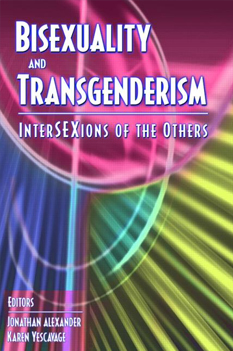
This term should replace terms like new gender or chosen gender, which imply that an individual’s gender was chosen.Īgender: Refers to a person who does not identify with any gender.Īlly: A term used to describe someone who is supportive of LGBTQ+ individuals and the community, either personally or as an advocate.

AFAB people may or may not identify as female some or all of the time.Īffirmed Gender: An individual’s true gender, as opposed to their gender assigned at birth. This is fascinating reading for students and academics interested in in bisexuality, pansexuality, and asexual spectrum identities and for those who have a personal interest in bisexuality, pansexuality, and asexuality.AFAB: Acronym meaning Assigned Female at Birth. It concludes with a discussion of how bisexuality, pansexuality, and asexuality have become somewhat more visible than in the past and the potential that visibility holds for recognition and representation. Throughout the book there is consideration of the impact that this invisibility and invalidation has on people's sense of identity and on their health and wellbeing. Hayfield then evidences clear examples of the invisibility and invalidation of bisexuality, pansexuality, and asexuality within education, employment, mainstream mass media, and the wider culture. The existing research on biphobia and bisexual marginalisation is synthesised to explore how bisexuality has often been invisible or invalidated.

The book discusses how early sexologists' understood gender and sexuality within a binary model and how this provided the underpinnings of bisexual invisibility. Nikki Hayfield draws on research from psychology and the social sciences to offer a detailed and in-depth exploration of the invisibility and invalidation of bisexuality, pansexuality, and asexuality. This book explores the invisibility and invalidation of bisexuality from the past to the present and is unique in extending the discussion to focus on contemporary and emerging identities.


 0 kommentar(er)
0 kommentar(er)
